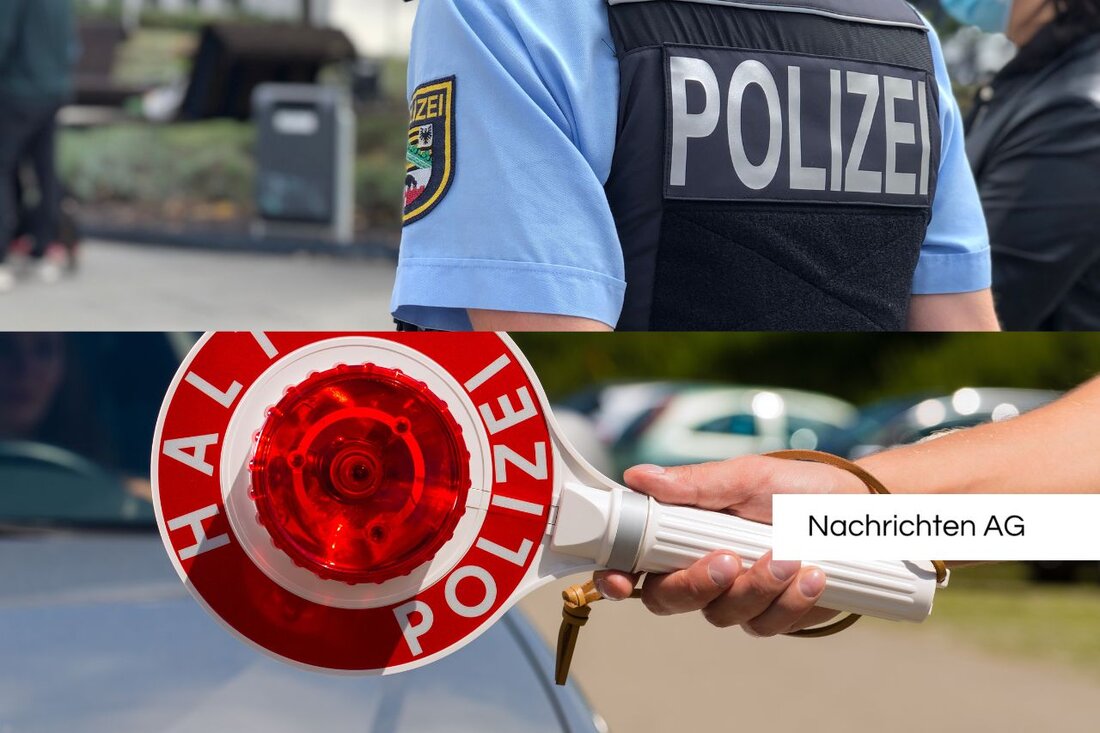Wanted contemporary witnesses: exhibits for GDR custody exhibition in Potsdam!
Wanted contemporary witnesses: exhibits for GDR custody exhibition in Potsdam!
In the coming years, the Lindenstrasse Memorial Foundation and in the Human Rights Center Cottbus e. V. planned a special exhibition under the title "Life after detention - life with memory". This will deal with the experiences of former prisoners from the Potsdam custody institution and the Cottbus prison system. The aim is to put the biographies of those affected, the effects of political imprisonment as well as the repression and resistance of the detainees in the light. The social and political background, rehabilitation and the legal review in reunited Germany are also discussed here. The show is scheduled to open its gates in 2026, which is why the organizers actively search for memorabilia associated with this topic. Personal objects, everyday objects, artistic works, photographs and written records, which document the life path of the then prisoners at the time, are particularly in demand. Interested parties are invited until September 15, with Martina Reimann or Dr. To connect Steffen Alisch by email. MeetingPoint Potsdam reports.
But what was the reason for creating such a exhibition? The answer lies in the difficult conditions of the GDR, which were comprehensively checked by the SED. Since the early 1950s, the judicial authorities have been deducted from the administration of the detention centers and subordinate to the Interior Ministry and the People's Police. This decision led to a significant deterioration in detention conditions compared to the Federal Republic, where the judicial administrations of the federal states remained responsible. The goal was officially the "education" for the inmates of the GDR homage, but the reality was characterized by arbitrariness and unreasonable conditions. Among other things, there were over 30,000 prisoners, and the detention conditions were characterized by extreme overcrowding and inadequate access to medical care. The upcoming exhibition should also provide insights into these brutal conditions. Explained the Federal Center for Political Education.
historical contexts
It does not stay with the individual fates that are to be presented in the exhibition. The social framework conditions are also highlighted in order to fully grasp the image of political detention in the GDR. Everyday repression and the systematic control of the prisoners have been reinforced by various procedures by the Ministry of State Security. In particular, “decomposition measures” against prisoners, which are considered to be “hostile-negative”, were the order of the day, which illustrates repression. Political prisoners were often abused and used as forced laborers, which even exceeded the borders of international law norms at the time. Despite these unimaginable circumstances, many prisoners were able to articulate their protest and tried to draw attention to their Situation through hunger strikes or other means.
Memories and personal reports are invaluable to make the history of suffering in prisoners understandable. The planned exhibition would like to bring these votes back to the public and therefore invites everyone to share their stories and memorabilia. In addition to the hard facts, it is above all the humane aspect that have developed individual fates and how they have developed despite all the adversities that are a central concern of the exhibition. Meetingpoint Potsdam has the details at a glance.
| Details | |
|---|---|
| Ort | Cottbus, Deutschland |
| Quellen | |


Kommentare (0)